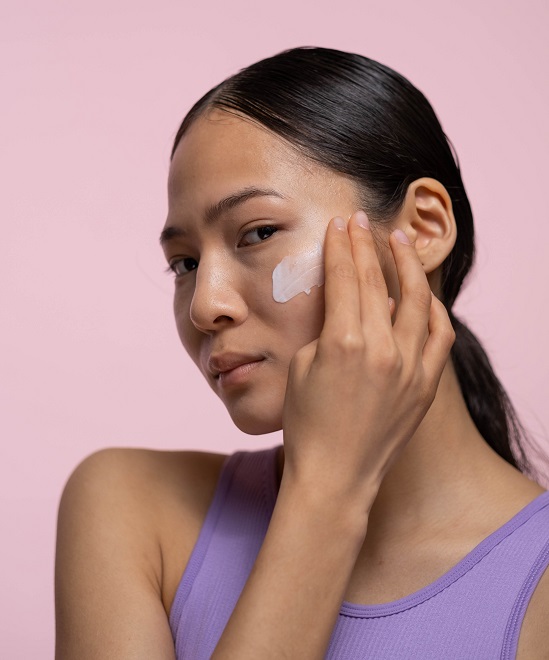The main distinction between non-comedogenic and non-acnegenic is that non-comedogenic refers to a product formulated in such a way that it won’t clog pores, while non-acnegenic means a product is designed not to cause acne on acne-prone skin. In skincare terminology, these terms are used to describe various cosmetic products. It’s crucial to understand these terms and the nature of products if you have acne-prone skin.
Key Takeaways
- Non-comedogenic products don’t clog pores, while non-acnegenic products don’t cause acne.
- Non-acnegenic products are generally oil-free, whereas non-comedogenic products can be oil-based or not.
- Examples of non-comedogenic ingredients include grapeseed oil, salicylic acid, and jojoba oil, while non-acnegenic ingredients include aloe vera gel, vitamin C, and glycerin.
What is Non-comedogenic?
Non-comedogenic refers to products that don’t clog skin pores. Comedones, which include blackheads and whiteheads, can either be open to the skin’s surface or closed. Open comedones exposed to oxygen typically darken at the top, forming blackheads, while white comedones are closed and not exposed to oxygen. A non-comedogenic product won’t clog pores when applied to the skin.
However, there are no supervised or regulatory standards for labeling a product as non-comedogenic, so it doesn’t necessarily mean that the product is free from irritating ingredients. Comedogenic cosmetics or ingredients can cause clogged pores on the skin, leading to acne formation. Natural products often contain comedogenic ingredients like coconut oil, almond oil, soybean oil, and avocado oil.
What is Non-acnegenic?
Non-acnegenic refers to products that don’t contain ingredients known to cause acne on acne-prone skin. Typically, these products don’t have ingredients that can clog pores or promote acne breakouts, and they are usually oil-free. Acnegenic cosmetics and ingredients can cause whiteheads, blackheads, or pimples.
When shopping for skincare products, it’s better to look for non-acnegenic items, as they’re less likely to irritate existing pimples or worsen acne. However, if a non-acnegenic product seems to make acne or breakouts worse, you should stop using it.
What is the Difference Between Non-comedogenic and Non-acnegenic?
Non-comedogenic and non-acnegenic are terms found on skincare products. The key difference between them is that non-comedogenic means not clogging pores, while non-acnegenic means not creating acne. Non-acnegenic products are usually oil-free, while non-comedogenic products can be oil-based or not. Some examples of non-comedogenic products include grapeseed oil, salicylic acid, jojoba oil, almond oil, coconut oil, soybean oil, and avocado oil, while non-acnegenic products include aloe vera gel, vitamin C, and glycerin.
Summary – Non-comedogenic vs Non-acnegenic
Cosmetic products can be classified according to their composition and use. Non-comedogenic and non-acnegenic are terms found on skincare products. The key difference between non-comedogenic and non-acnegenic is that non-comedogenic means not clogging pores, while non-acnegenic means not creating acne.
Reference:
1. Palmer, Angela. “What It Means for a Skin Care Product to Be Nonacnegenic.” Verywell Health, Verywell Health, 8 Jan. 2022.
Image Courtesy:1. “Woman Applying Cream On Face” Photo by Ron Lach (CC0) via Pexels
Related posts:
